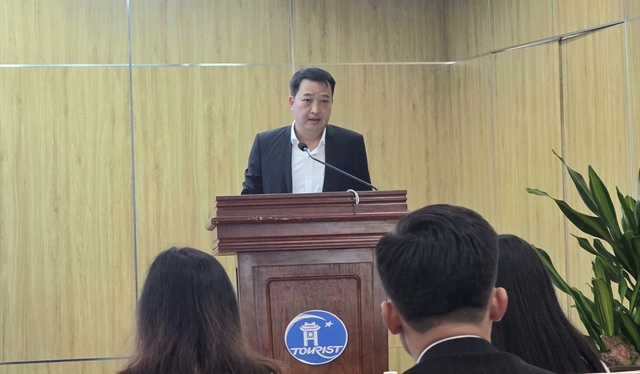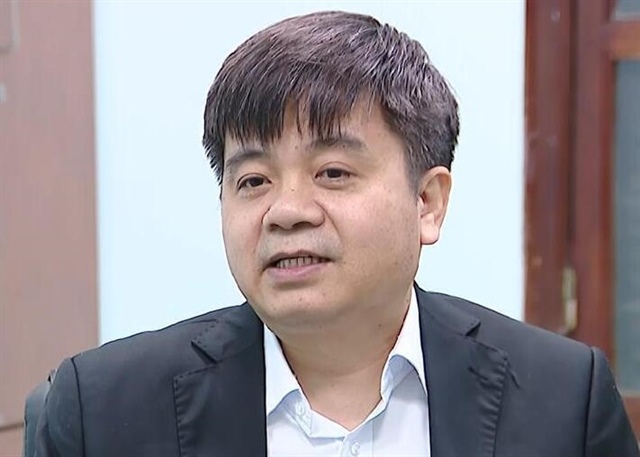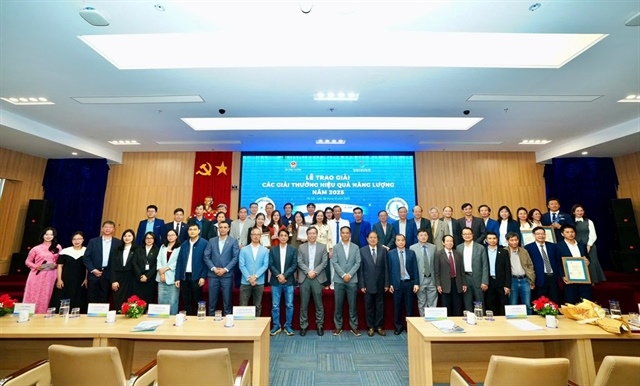Industrial production growth heralds economic recovery
Industrial production growth heralds economic recovery
The regular growth of the industrial sector over the last several months reflects the distinct signs of recovery that the Vietnamese economy is showing, according to the Ministry of Planning and Investment (MPI).

MPI Deputy Minister Dao Quang Thu has told a cabinet meeting that in the first 11 months of the year, although the country's industrial production increased by only 5.6 per cent year-on-year, this growth rate has been maintained for several consecutive months.
A report tabled at the meeting also said that apart from the improved industrial sector performance, the service sector has continued developing thanks to the Government's support.
The support has also seen production pick up in forestry, fisheries and aquaculture, the meeting heard.
In November, the industrial product index was up by 2.6 per cent over the previous month, marking a year-on-year increase of 5.7 per cent.
In the industrial sector, the processing and manufacturing industries sectors had registered the highest growth rate of 7.1 per cent.
Pham Cong Vinh, deputy director of the General Statistics Office, said that it was the processing and manufacturing industry's high growth that lifted the entire sector.
A representative from the Ministry of Industry and Trade also said that exports of the processing and manufacturing industry in the first 11 months of the year had made important contributions to the country's export value.
Difficulties persist
In spite of the positive signs, the picture of economic growth at two of the country's biggest economic hubs, HCM City and Ha Noi, is not all that rosy.
According to the HCM City Department of Planning and Development, four of the 25 growth targets that the city had set for the year are not likely not be realised, two of which are investment attraction and budget collection.
This means that the city's Gross Domestic Product (GDP) is expected to reach 9.3 per cent by the year-end instead of the targeted 9.5 per cent.
Meanwhile, an official with the Ha Noi Department of Planning and Development said that because of low purchasing power, many enterprises in the city had mainly focused on settling their inventory problem and not paid much attention to investment for further development.
Consequently, although the city administration had set aside preferential loans worth VND100 billion (US$5 million) to support its enterprises, just VND20 billion ($1 million) has been disbursed to date, he said.
Nguyen Mai, former chairman of the State Commission for Cooperation and Investment, said that Viet Nam's economy still had much potential to develop in coming years.
However to do this effectively, private enterprises should be given priority to develop, Mai said, adding that the private economic sector could bring about an additional growth rate of between 1 and 1.5 per cent for the economy per annum.
He also stressed the need to strongly develop support industries for foreign invested enterprises and to quickly remove obstacles in disbursing the VND30 trillion ($1.5 billion) housing stimulus package.
If this credit package was disbursed it would catalyse growth in several important economic sectors including construction and construction materials, creating employment for thousands of people, adding around 1 per cent to the nation's GDP growth every year, Mai said.
vietnamnews
























